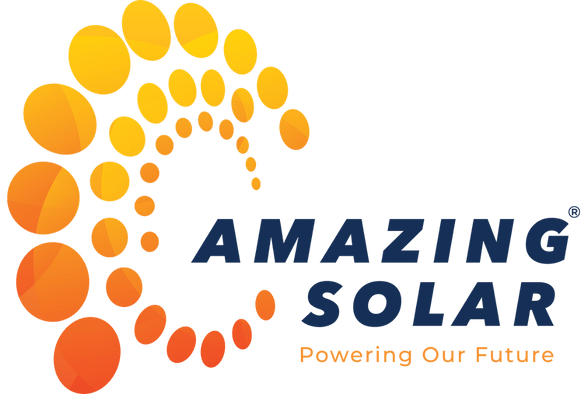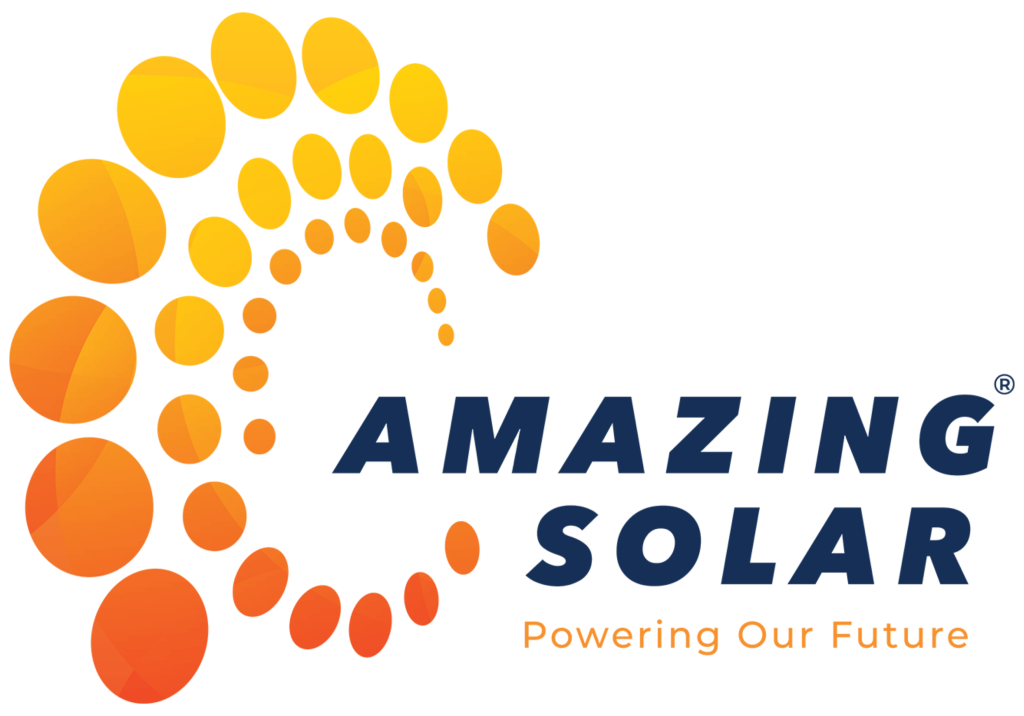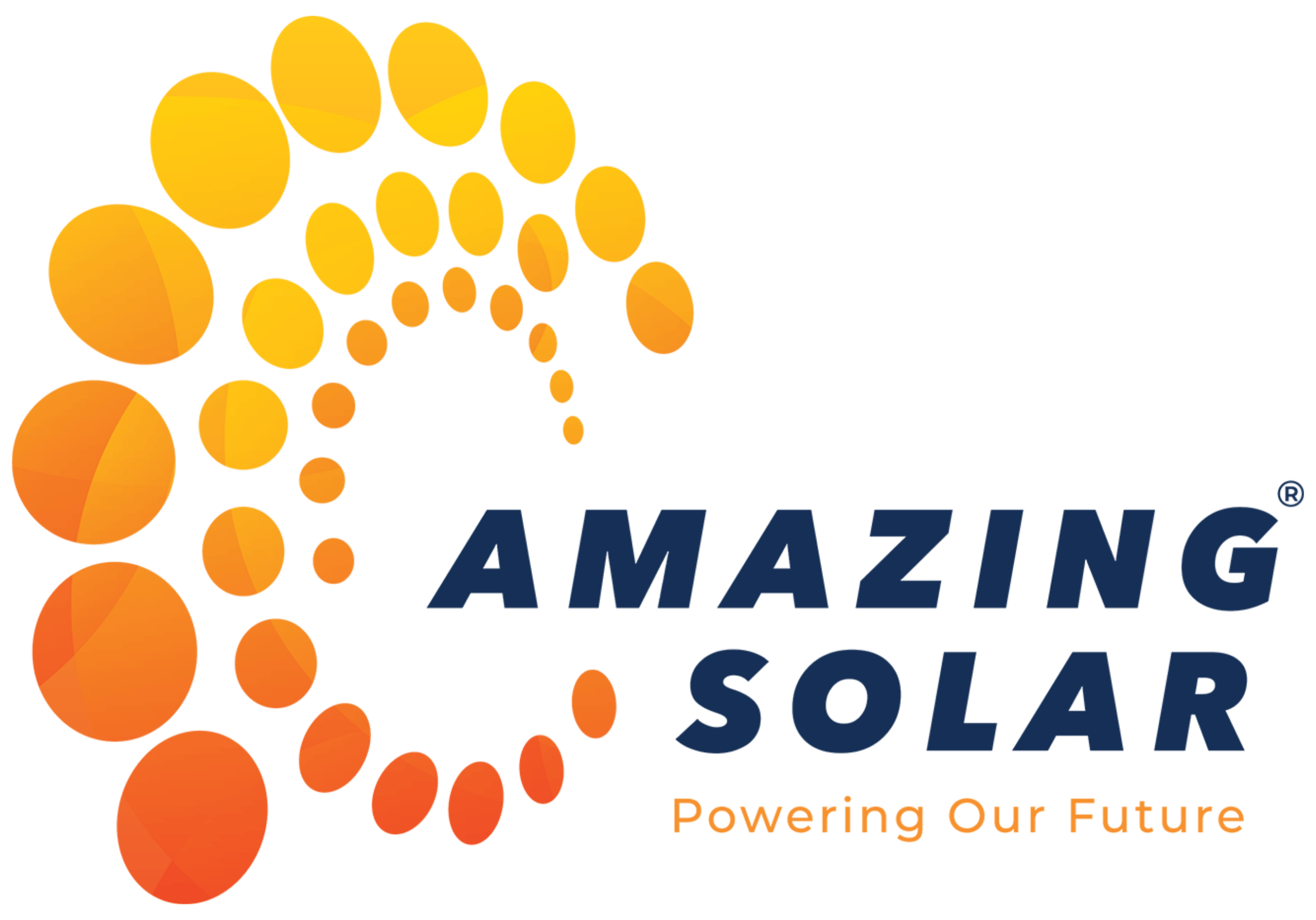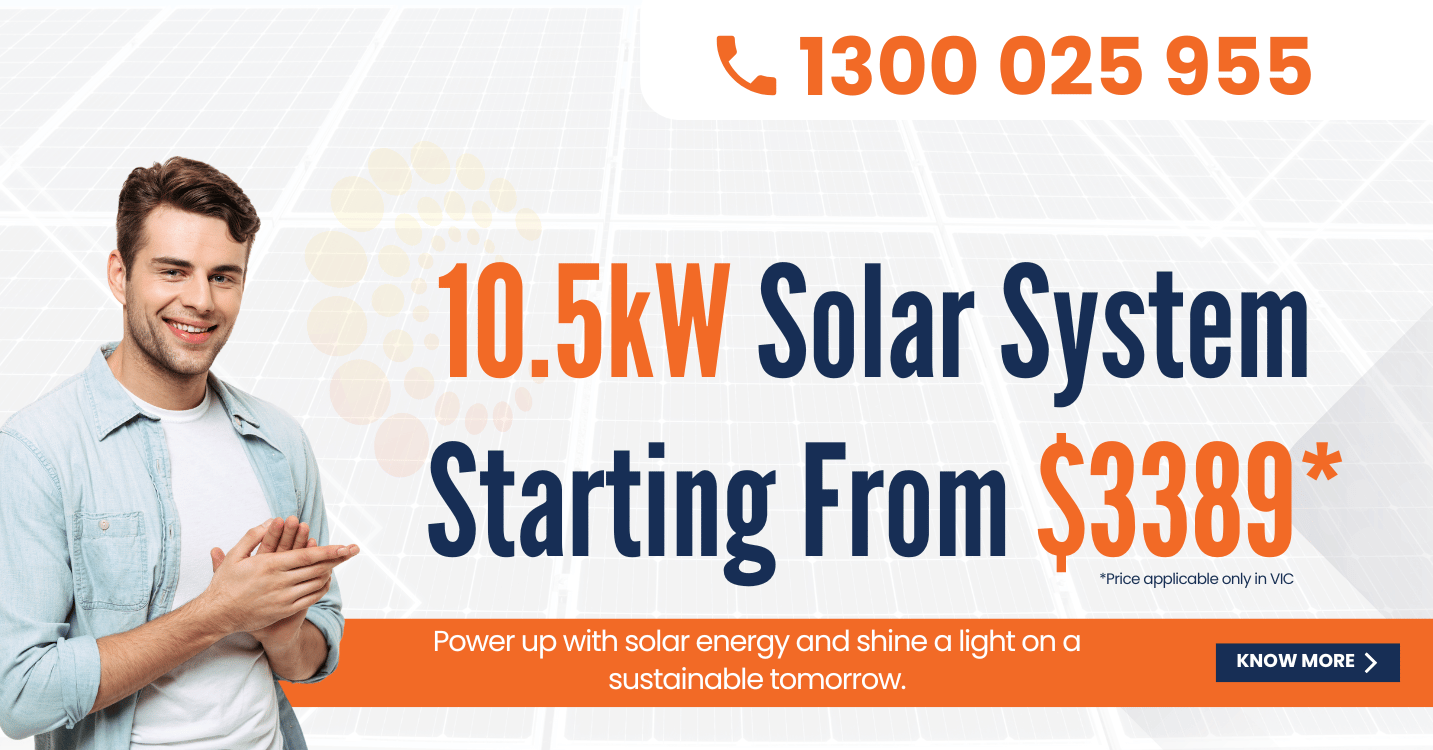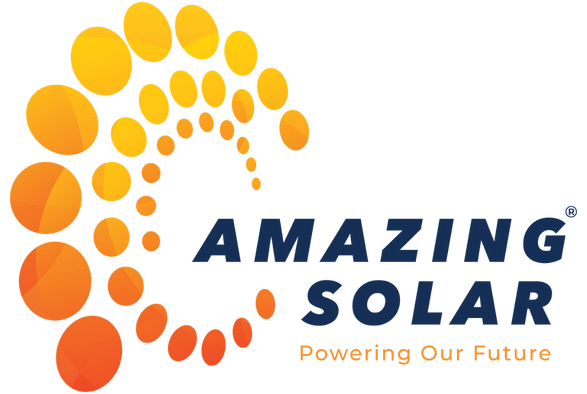Solar energy is a cost-effective and environmentally friendly way to power homes and businesses. However, one critical issue that can drastically impact solar panel efficiency is shading. Even minor shading on a panel can lead to significant energy losses, affecting overall system performance and financial returns.
In this detailed guide, we will explore:
- How solar panel shading affects energy production
- The science behind shading-related losses
- Common causes of shading on solar panels
- Effective solutions to prevent and mitigate shading
- How to maximize your solar system’s efficiency
By understanding the impact of shading and taking the right preventive measures, you can ensure optimal performance from your solar investment.
How Does Solar Panel Shading Affect Performance?
1. Reduction in Power Output
Solar panels generate electricity by converting sunlight into electrical energy through photovoltaic (PV) cells. When part of a solar panel is shaded, the affected cells produce less energy, which in turn reduces the overall power output of the system. Since many panels are connected in series circuits, even minor shading on one panel can impact the performance of the entire string.
2. The “Christmas Light Effect” in Series Circuits
A common issue with shaded solar panels is the Christmas light effect. If you’ve ever seen a string of holiday lights where one faulty bulb causes the entire string to go dark, the same principle applies to solar panels. When panels are connected in a series, shading on a single panel can reduce the current flow across the entire array.
3. Hot Spots & Long-Term Panel Damage
When a solar panel is partially shaded, the unshaded cells continue to generate electricity while the shaded cells act as resistors. This resistance can cause excessive heat buildup, known as hot spots. Over time, these hot spots can damage the panel, reduce its efficiency, and shorten its lifespan.
4. Inverter Inefficiencies Due to Shading
Most traditional solar panel systems use a string inverter, where multiple panels are connected in a sequence. If one panel experiences shading, the entire string’s output decreases. This makes the inverter less efficient and leads to lower power generation overall.
5. Impact on Return on Investment (ROI)
A decrease in energy production means higher electricity bills and a longer payback period for your solar investment. Over time, shading can reduce your savings and affect your expected return on investment.
Common Causes of Solar Panel Shading
Identifying the sources of shading is the first step in preventing losses. Below are some common causes:
1. Trees & Overhanging Branches
Trees near your solar installation can cast shadows, especially during certain times of the day. As trees grow, their shading impact can worsen over time, further decreasing efficiency.
2. Chimneys, Vents, & Roof Structures
Buildings often have chimneys, air conditioning units, skylights, or vent pipes that can obstruct sunlight from reaching your solar panels.
3. Neighboring Buildings & Tall Structures
In urban areas, nearby buildings or new constructions can cause unwanted shading during morning or afternoon hours.
4. Dirt, Dust, & Debris Accumulation
Even small amounts of dirt, leaves, or bird droppings can block sunlight and cause micro-shading, reducing solar panel efficiency.
5. Seasonal Sun Position Changes
The sun’s angle changes throughout the year, which means that areas that receive full sunlight in summer may be partially shaded in winter.
How to Prevent Solar Panel Shading
1. Proper Solar Panel Placement & Design
- Before installation, a solar expert will conduct a shading analysis to determine the best locations for your panels.
- Panels should be installed at an angle and position that minimizes shading throughout the day and year.
2. Trim Trees & Remove Roof Obstacles
- Regularly trim trees that cast shadows on your panels.
- If possible, remove or relocate roof obstructions such as satellite dishes or vent pipes.
3. Use Microinverters or Power Optimizers
- Microinverters: Convert DC to AC electricity at each individual panel, ensuring that shading on one panel does not affect the others.
- Power Optimizers: Work with string inverters to optimize individual panel performance, reducing shading impact.
4. Choose High-Quality Solar Panels with Bypass Diodes
Bypass diodes allow electricity to flow around shaded areas, preventing a single shaded panel from affecting the entire system.
5. Regular Cleaning & Maintenance
- Clean your panels periodically to remove dust, debris, and bird droppings that cause micro-shading.
- Conduct annual maintenance checks to ensure your panels are free from long-term shading issues.
6. Use Solar Performance Monitoring Software
Many modern solar systems come with monitoring tools that track panel efficiency in real-time. If shading issues arise, you can identify and resolve them quickly.
Conclusion
Solar panel shading can significantly reduce energy output, increase system inefficiencies, and affect your long-term savings. However, with proper planning, high-quality technology, and routine maintenance, you can minimize its impact and ensure maximum solar efficiency.
At Amazing Solar, we specialize in designing solar panel systems optimized for Australian conditions. Talk to our solar experts today by calling 1300 025 955 and get the best solar solution for your home or business!
Frequently Asked Questions (FAQs)
1. How much does shading reduce solar panel efficiency?
Depending on the severity, shading can reduce energy production by 30-50%.
2. Can I still install solar panels if my roof gets partial shade?
Yes! Using microinverters, power optimizers, or bypass diodes can significantly minimize shading impact.
3. How can I check if my solar panels are affected by shading?
You can use solar monitoring software to track your system’s performance and detect shading-related losses.
4. Will cleaning my solar panels help reduce shading issues?
Yes, regular cleaning removes dust, leaves, and debris that can block sunlight and reduce efficiency.
5. Who should I contact for solar installation and maintenance in Australia?
Call Amazing Solar at 1300 025 955 for expert guidance and professional solar services!
By following these steps, you can ensure your solar panels perform at their best and provide maximum returns for years to come!

